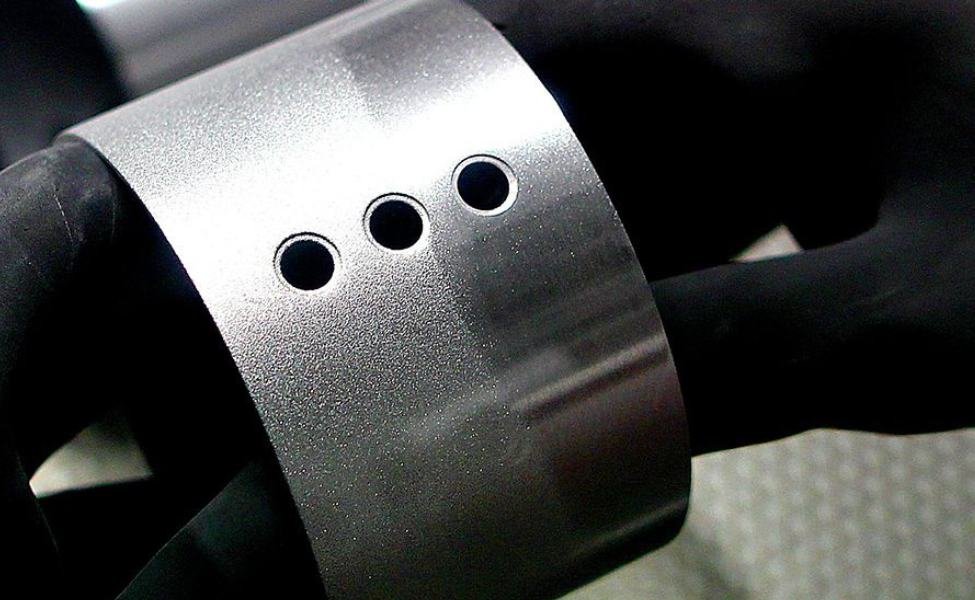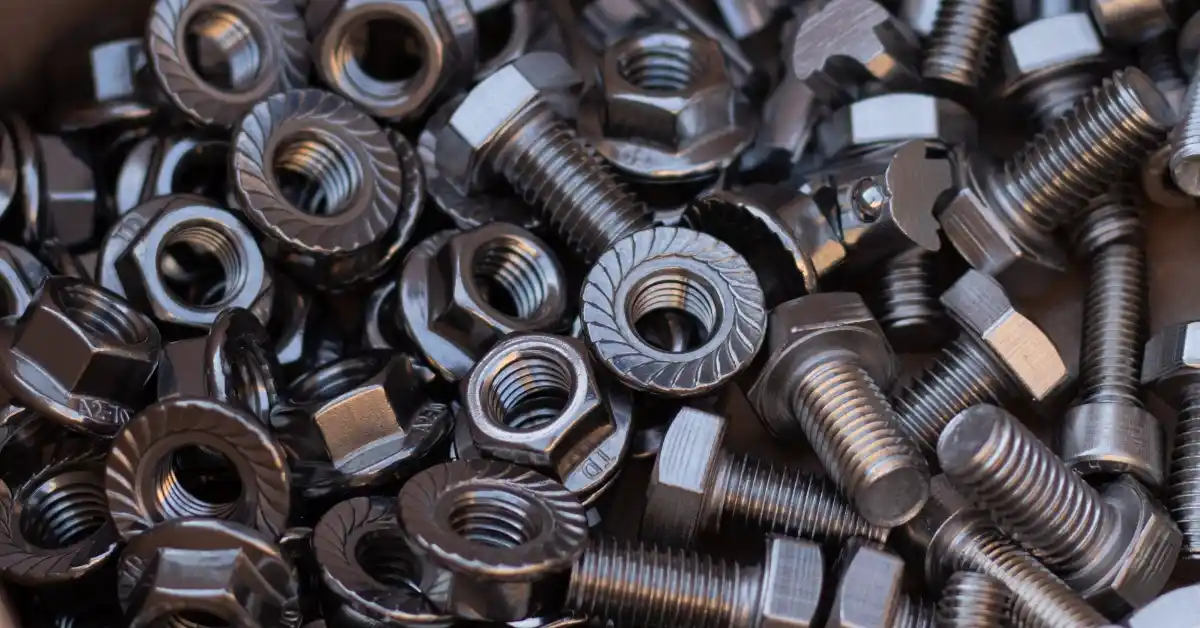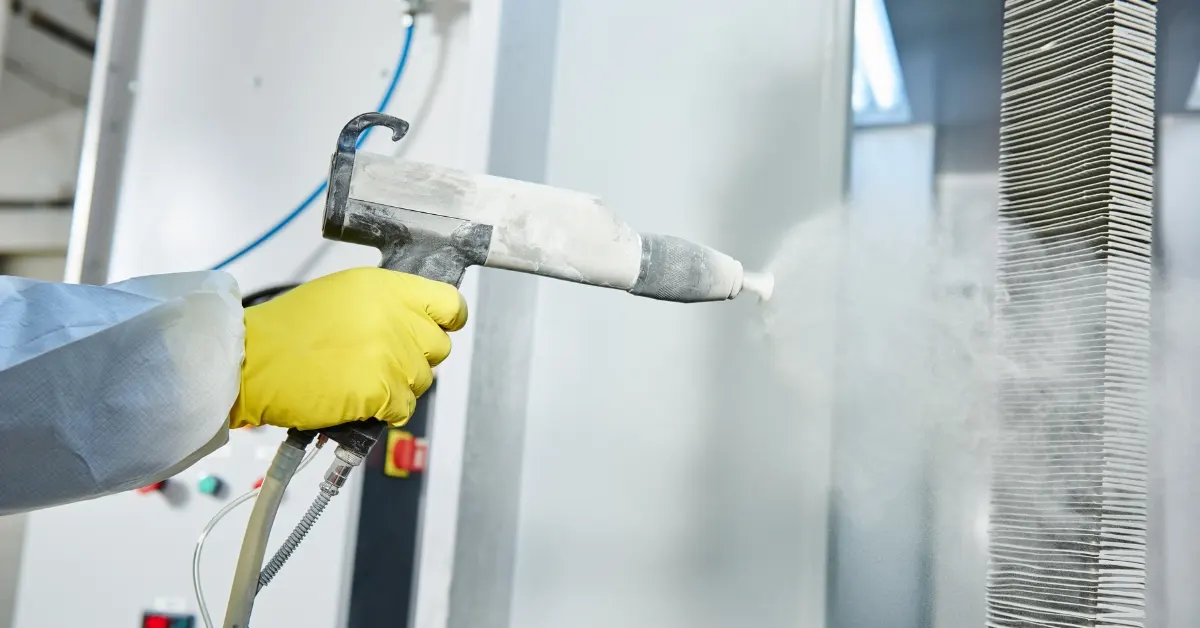The Ultimate Guide to Ball Bearing Hinges for Doors and Windows
This article explores the significance of ball bearing hinges for doors and windows, highlighting their features, benefits, types, materials, and applications. It details how these hinges enhance durability and smooth operation, making them ideal for both residential and commercial use. The guide includes practical advice on selecting, installing, and maintaining ball bearing hinges, ensuring optimal performance and longevity. By understanding these aspects, users can make informed decisions to improve door and window functionality with ball bearing hinges.
What are Ball Bearing Hinges
Ball-bearing hinges are specialized door and window hinges designed for enhanced durability and smooth operation. Unlike traditional hinges, they feature small bearings between knuckles, reducing friction for effortless movement. With interlocking metal plates and steel bearings, these hinges provide strength, making them suitable for heavy doors in residential and commercial settings. In summary, ball bearing hinges offer improved functionality and durability compared to traditional hinges.
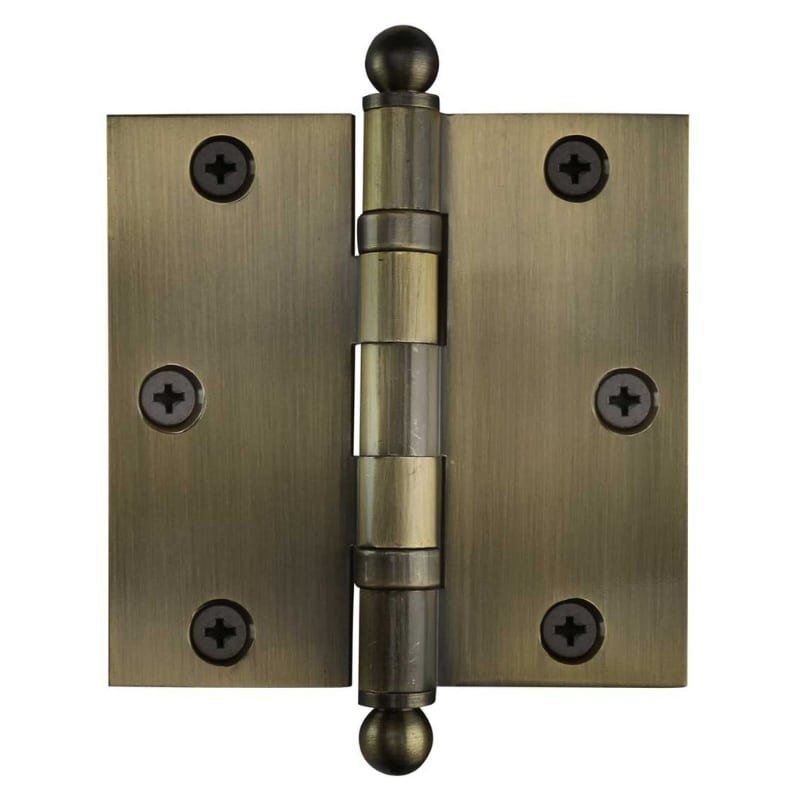
Features of Ball Bearing Hinges
Ball bearing hinges boast distinctive features that set them apart in the world of door and window hardware. These features contribute to their popularity and make them a preferred choice for various applications. Here are key features of ball bearing hinges:
- Smooth Operation:Small bearings ensure effortless movement.
- Durability:Sturdy materials offer long-lasting performance.
- Reduced Wear:Innovative design minimizes maintenance needs.
- Quiet:Ball bearings result in quieter operation.
- Versatile:Suitable for various door and window types.
- Load-Bearing:Robust construction handles substantial weight.
- Security:Enhanced durability contributes to improved security.

Components of Ball Bearing Hinges
Ball bearing hinges consist of several essential components that work together to provide smooth and durable operation. Understanding these components enhances appreciation for the hinge’s functionality. Here are the key components of ball bearing hinges:
- Knuckles: Interlocking metal plates that form the rotating joints of the hinge.
- Ball Bearings: Small steel spheres placed between knuckles, reducing friction and allowing for a seamless pivot.
- Pin: The central rod that runs through the knuckles, securing the hinge components together.
- Frame Leaf: The hinge part attached to the door frame.
- Door Leaf: The hinge part connected to the door.
- Ball Bearing Cage: Holds the ball bearings in place within the knuckles.
- Hinge Pins: Securely attach the hinge to the door and frame, allowing for easy installation and removal.
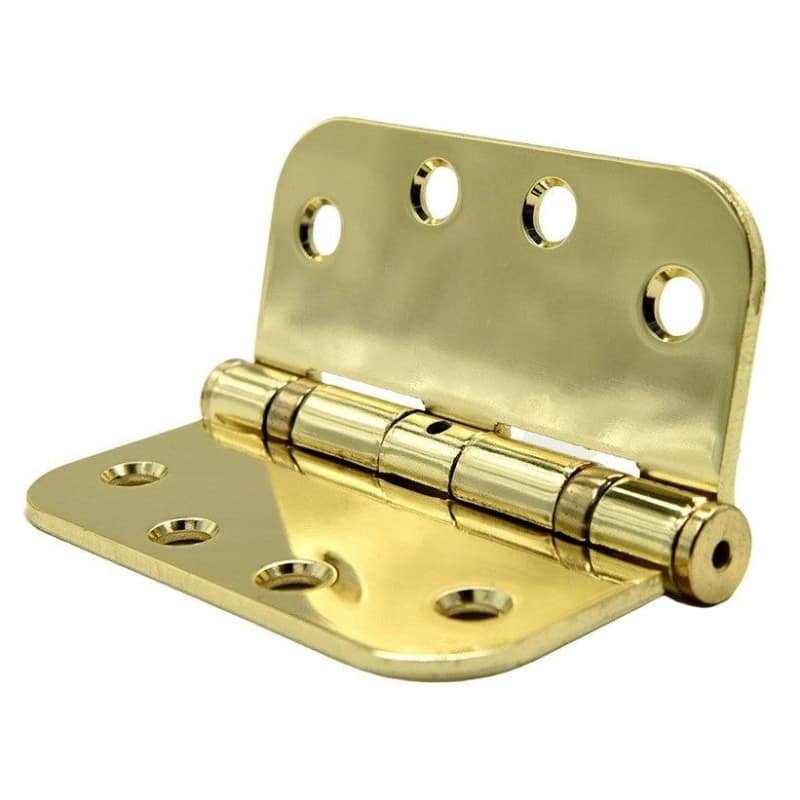
Materials and Finishes for Ball Bearing Hinges
Ball bearing hinges leverage various materials and finishes to ensure both durability and aesthetic appeal. Common materials include robust steel, stainless steel, aluminum, and brass. The finishes further enhance the visual aspect, with options like polished chrome for modernity, oil-rubbed bronze for a rustic look, satin nickel for contemporary style, powder-coated finishes for durability and customization, and antique brass for a classic aesthetic. This diverse range of materials and finishes allows users to choose ball bearing hinges that not only withstand the test of time but also complement the overall design of doors and windows.
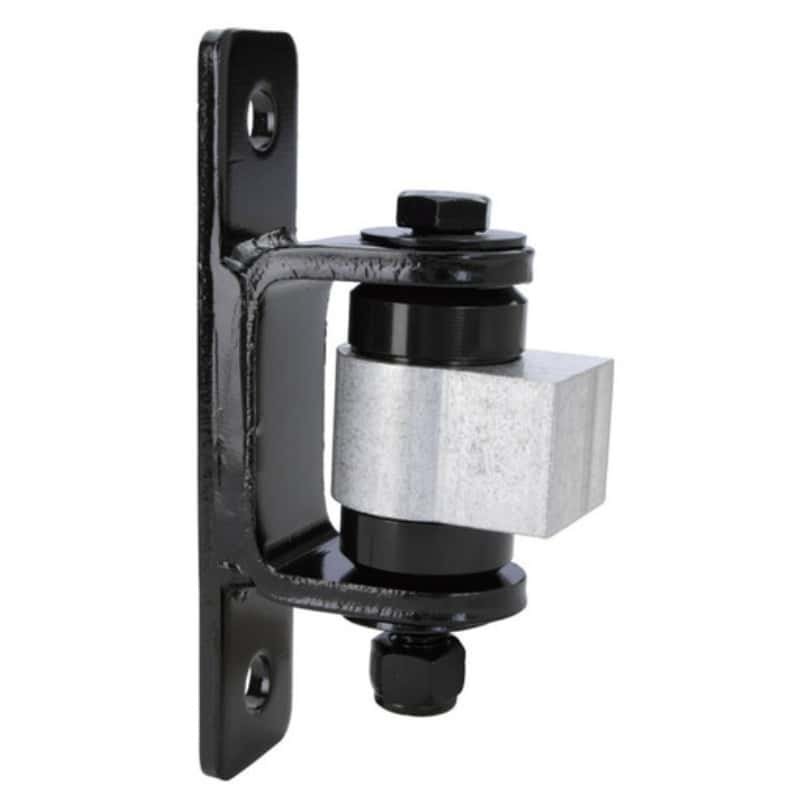
Applications of Ball Bearing Hinges
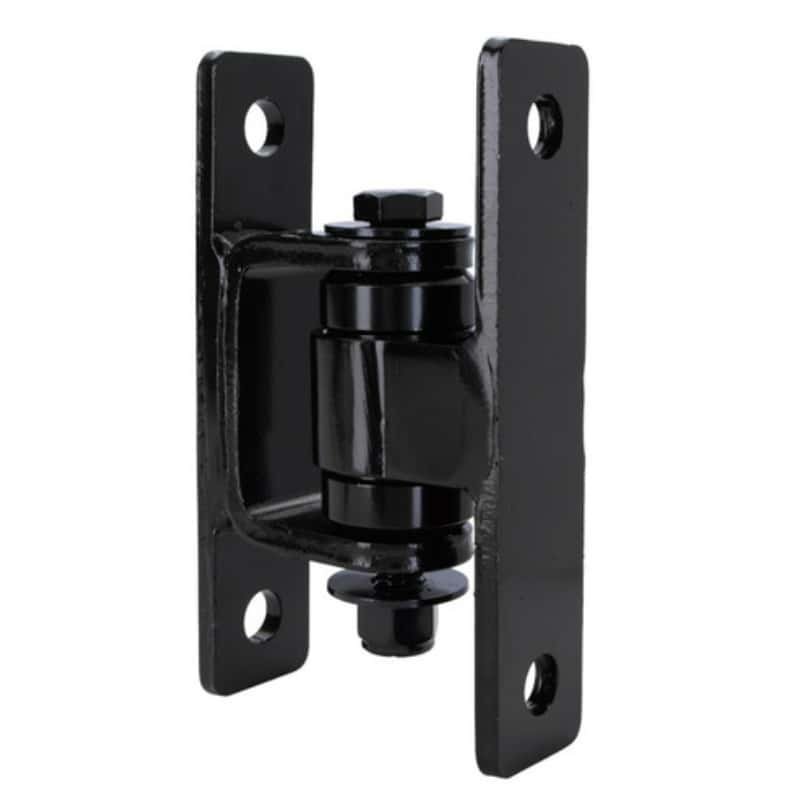
Ball bearing hinges are highly versatile, enhancing door and window functionality across various settings. Ideal for both residential homes, providing smooth operation for interior and exterior doors, and commercial spaces with heavy-duty doors, ensuring durability. Their quiet operation makes them suitable for noise-sensitive areas like offices and libraries. In healthcare settings, specific designs like hospital tip hinges facilitate easy cleaning. The adaptability of ball bearing hinges extends to both new installations and upgrades, demonstrating their broad applicability in diverse environments.
Choosing the Right Ball Bearing Hinges
Selecting the right ball bearing hinges involves assessing factors like door weight, usage frequency, and environmental conditions. Prioritize durability for heavy or frequently used doors, consider stainless steel for humid areas, and choose finishes based on aesthetic preferences. Non-removable pin hinges enhance security, while the door type determines whether a standard, concealed, or decorative hinge is suitable. By considering these factors, users can ensure the longevity and optimal performance of ball bearing hinges in diverse applications.
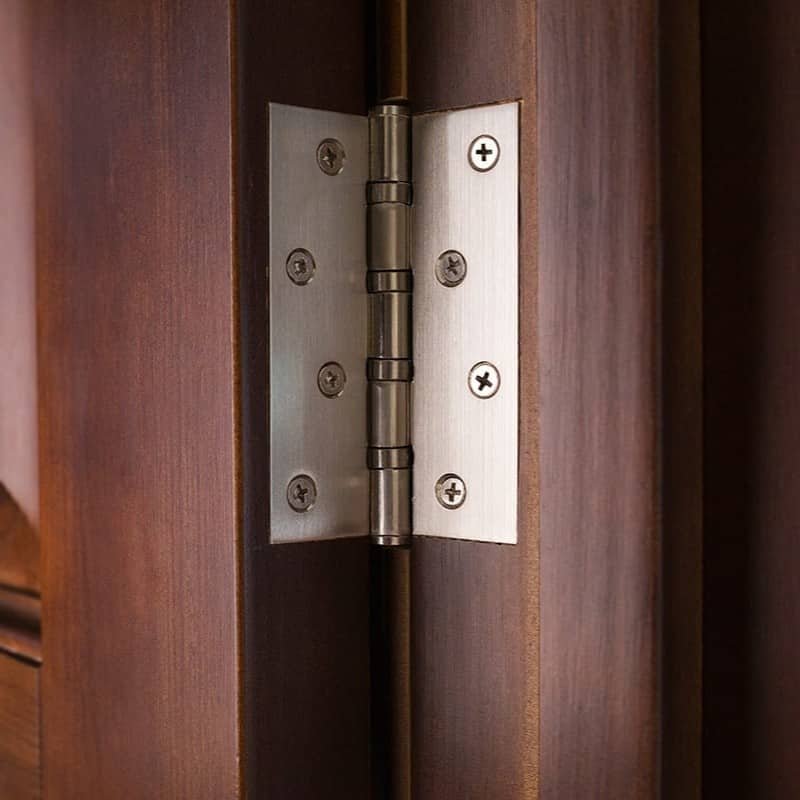
Comparing Ball Bearing Hinges with Other Types
When evaluating door and window hinges, comparing ball bearing hinges with traditional options is crucial. The inclusion of small bearings between knuckles reduces friction, ensuring smoother operation and enhanced durability. This sets ball bearing hinges apart, making them capable of handling substantial weight with reduced wear and tear compared to standard hinges. Understanding these differences aids users in making informed decisions for optimal door and window functionality.
Installation Tips
For optimal performance, follow key installation tips when installing ball bearing hinges. Ensure precise alignment of the door and frame, pre-drill screw holes to prevent wood splitting, and use the recommended number of hinges to evenly distribute the load. Maintain a consistent gap between the door and frame, apply lubricant to the ball bearings for reduced friction, and secure the hinges firmly to both the door and frame. Additionally, check for any interference to prevent hindrance to movement. By adhering to these tips, users can enhance the functionality and longevity of ball bearing hinges, ensuring smooth operation for doors and windows.
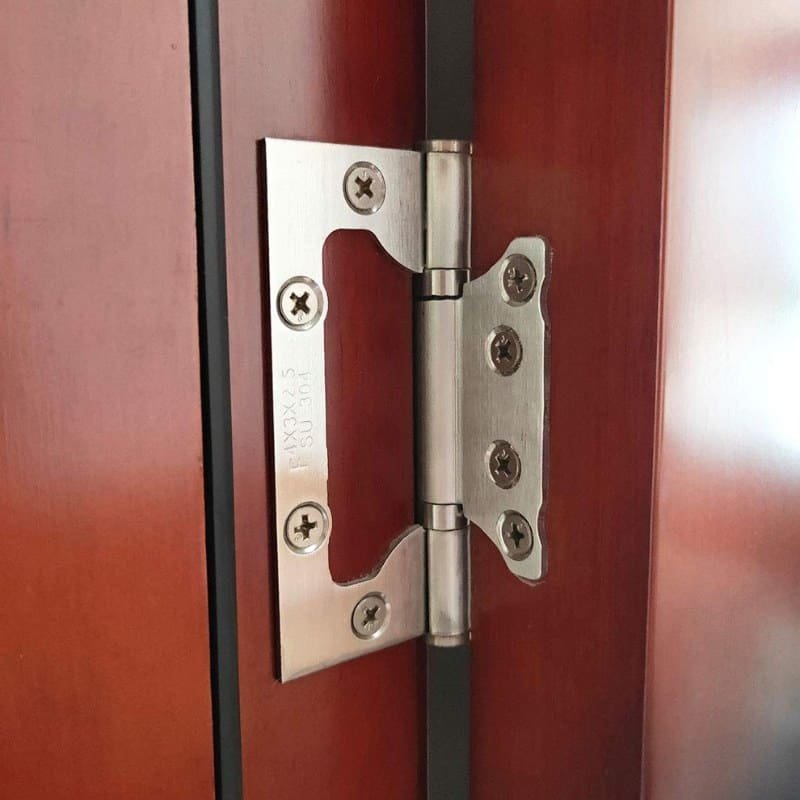
Maintenance of Ball Bearing Hinges
Ensure the longevity of ball bearing hinges with these key maintenance tips. Regularly lubricate the ball bearings to reduce friction, conduct visual inspections for wear or damage, and tighten loose screws to prevent unnecessary movement. Keep hinges clean from dirt and debris, check door alignment to prevent stress, and promptly address rust by cleaning and applying rust-resistant coatings. Periodically test the door’s movement to identify and address any irregularities. By incorporating these practices into a routine, users can extend the life of ball bearing hinges and ensure continued smooth operation.
Custom Ball Bearing Hinges
Customizing ball-bearing hinges from manufacturers involves a few key steps to ensure the hinges meet specific design requirements. Here’s a step-by-step guide:
- Define Requirements: Clearly outline size, load capacity, and aesthetic preferences.
- Material and Finish: Choose suitable materials (e.g., steel or stainless steel) and a finish (e.g., polished chrome or antique brass).
- Provide Measurements: Accurately measure dimensions for a seamless fit.
- Select Features: Choose additional features like non-removable pins or decorative elements.
- Request Samples: Assess quality with samples before placing a bulk order.
- Explore Customization Options: Fine-tune your design using online customization features.
- Request Quotes: Obtain quotes based on specifications, quantity, and features.
- Place Order: Finalize the order through the manufacturer’s online platform.
- Follow-Up Communication: Maintain open communication for any modifications or concerns.
By following these steps, customizing ball bearing hinges online becomes a straightforward process, ensuring your unique design and functional needs are met.
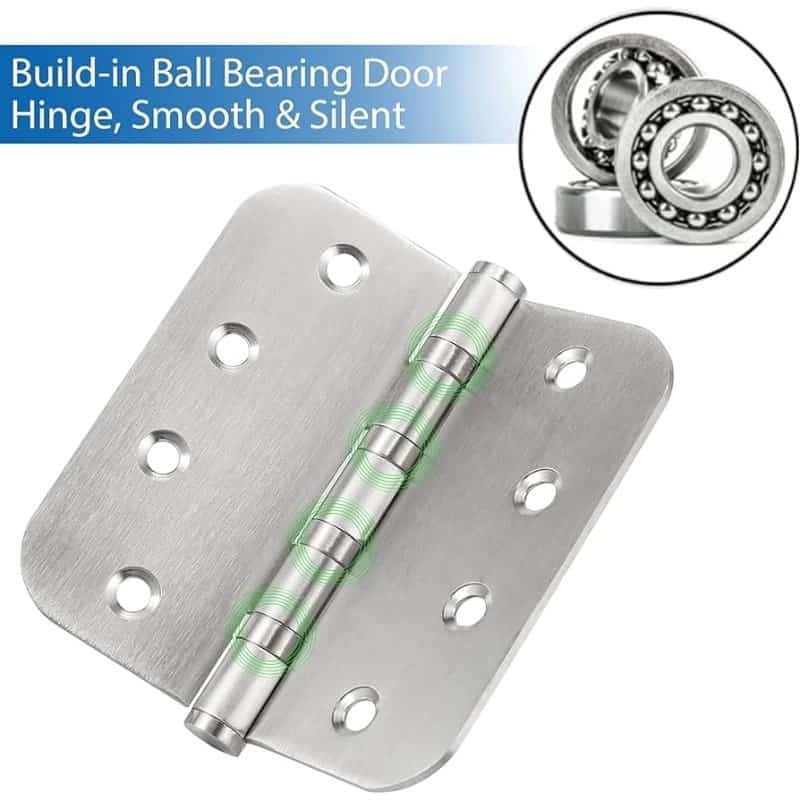
Conclusion
In conclusion, ball bearing hinges emerge as a game-changer in the realm of doors and windows. Their durability, smooth operation, and versatility make them a preferred choice for various applications. Whether you’re upgrading existing doors or installing new ones, considering ball bearing hinges is a decision that promises long-term benefits.

